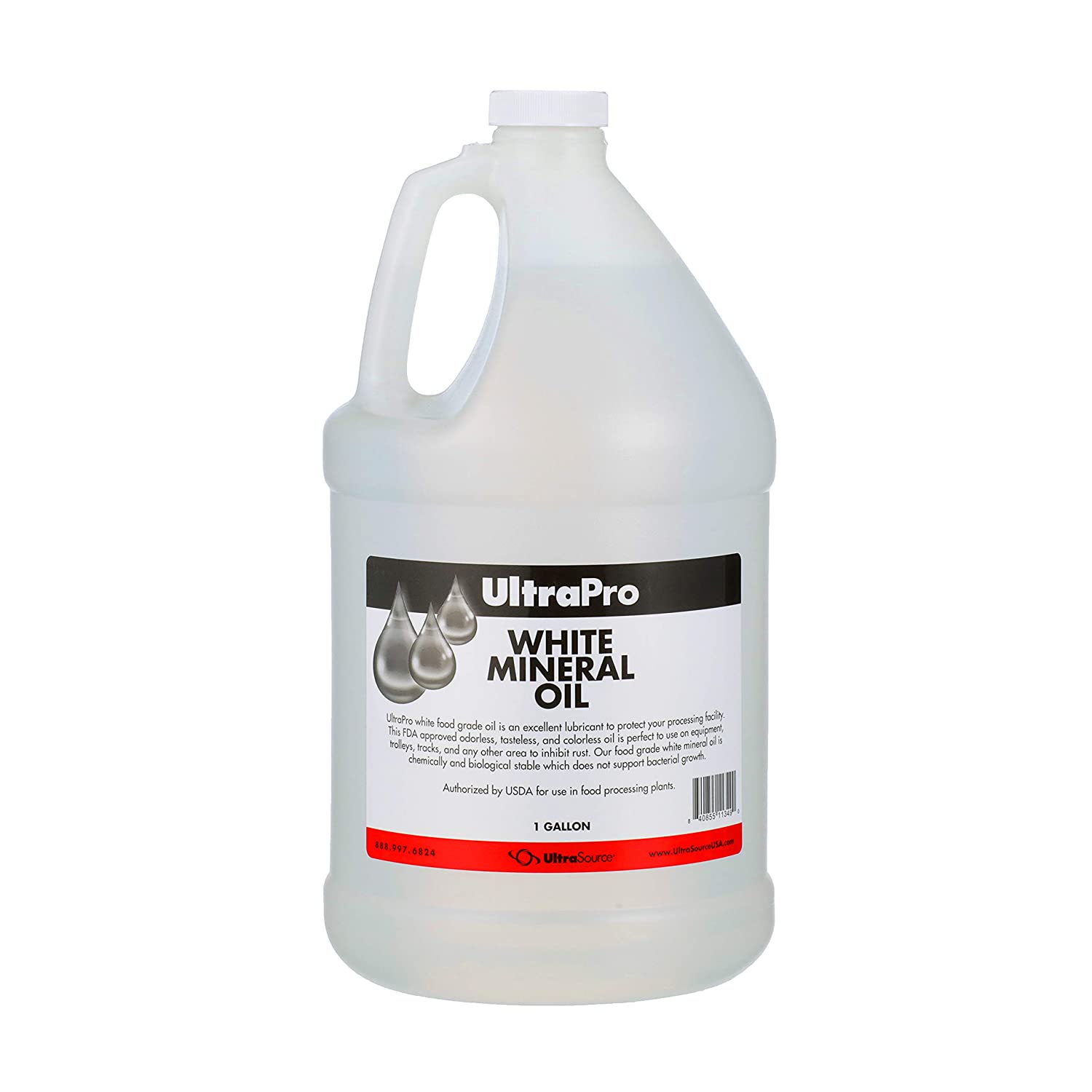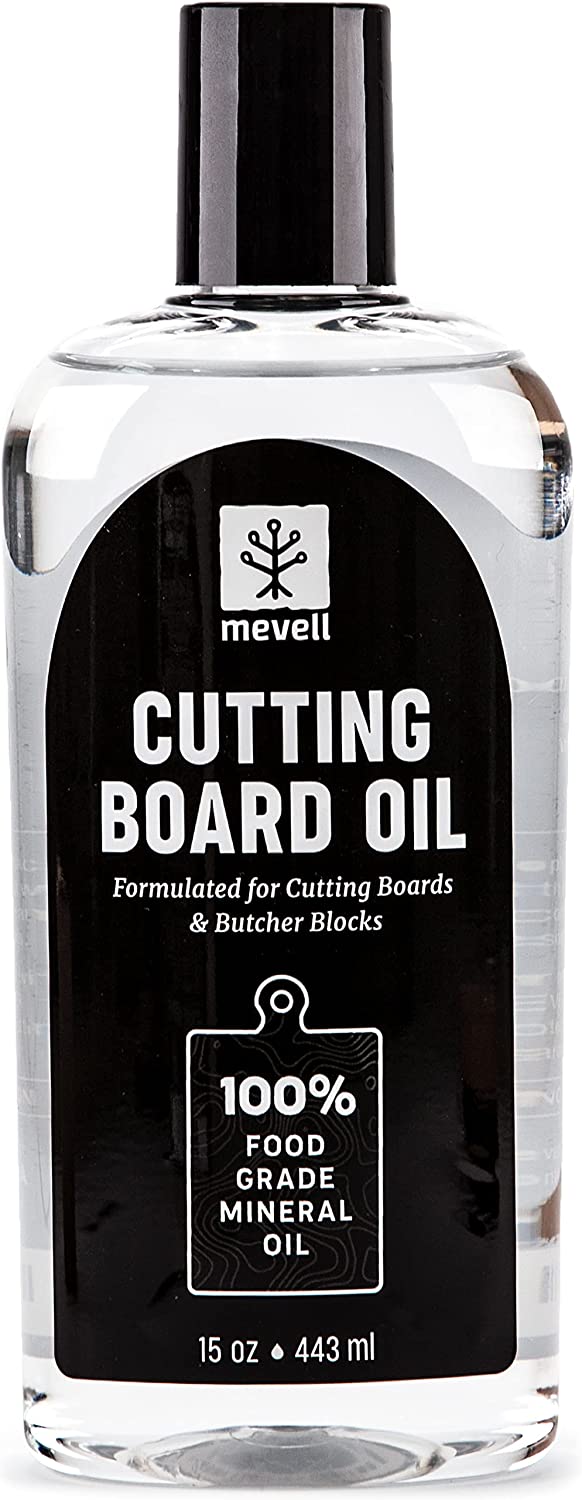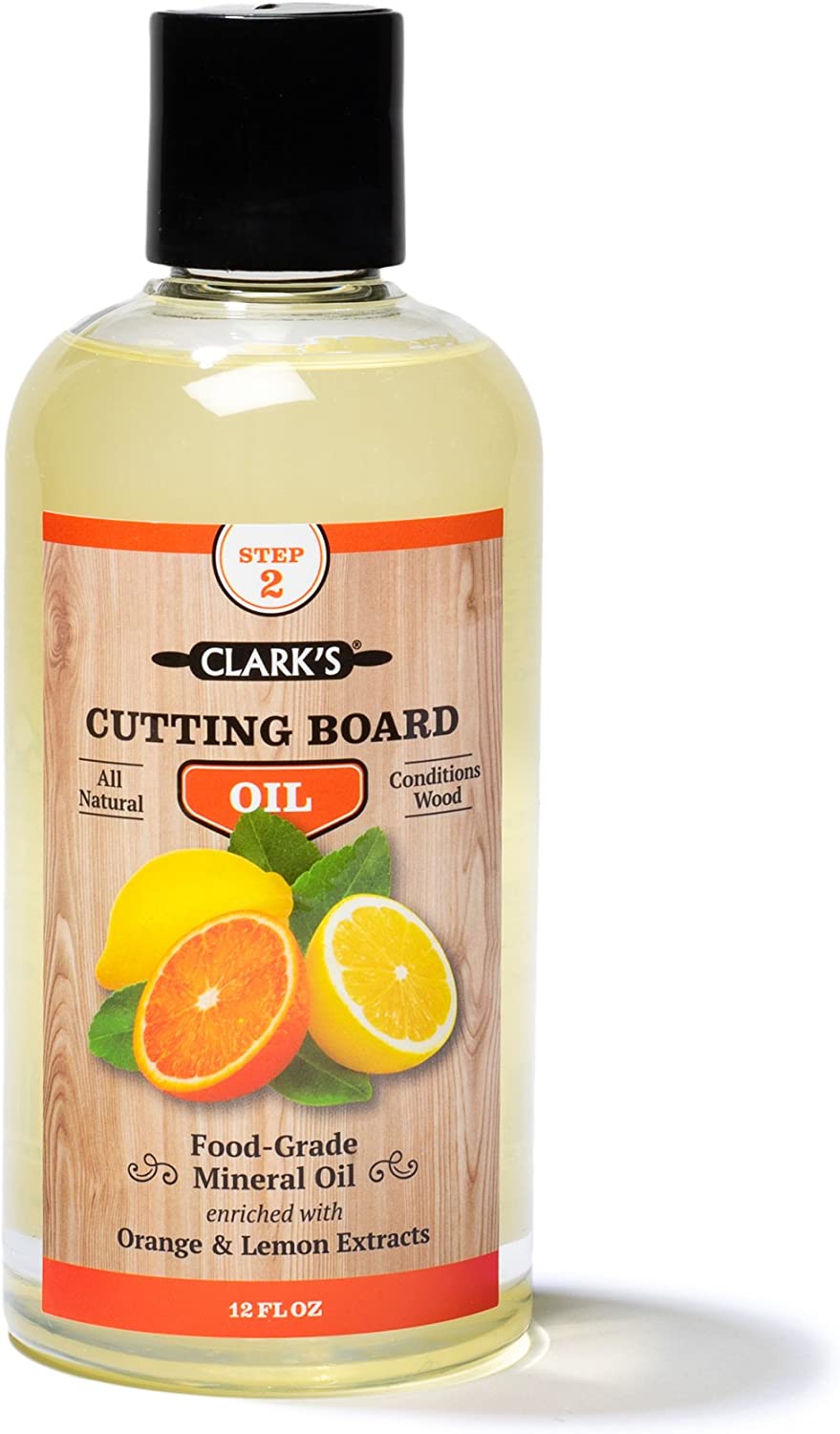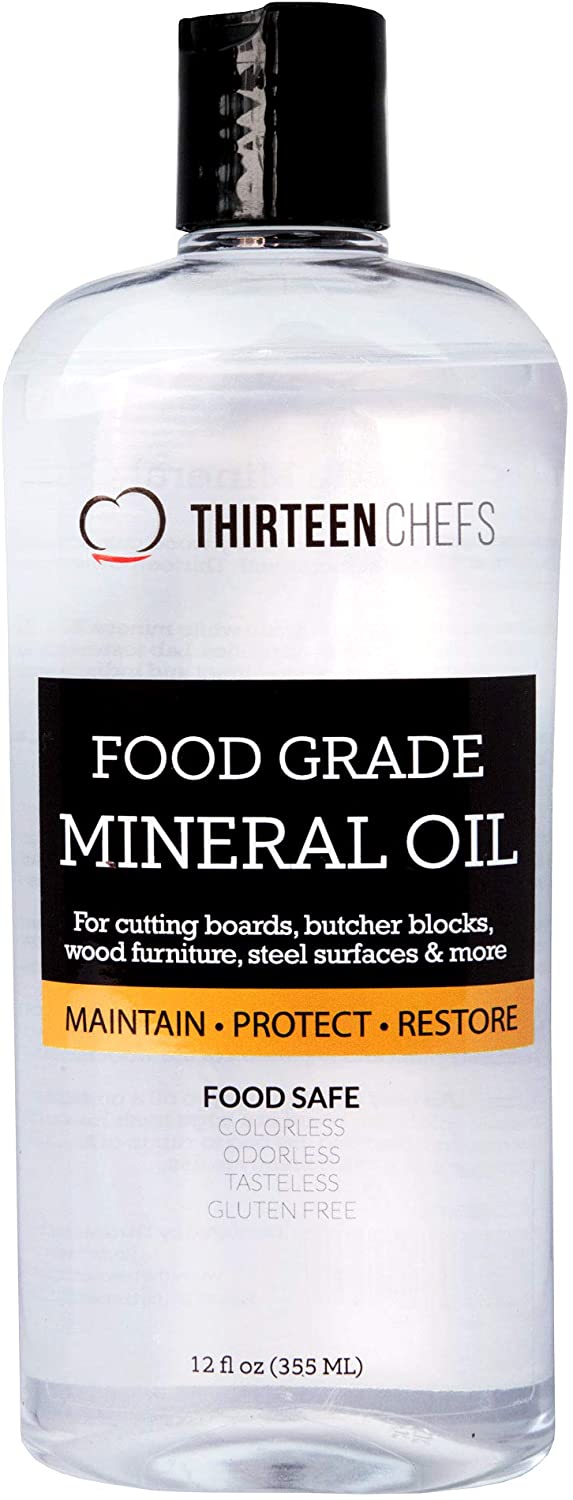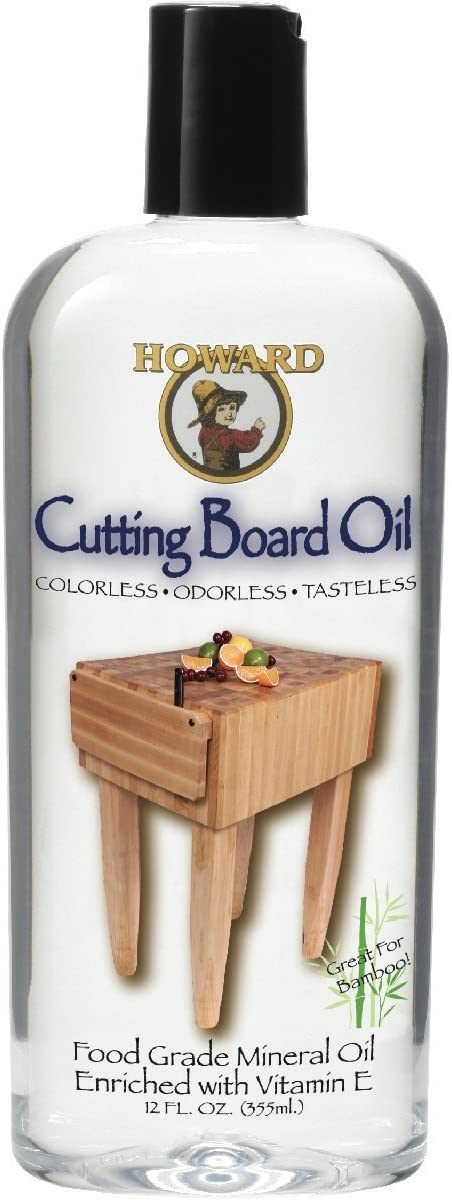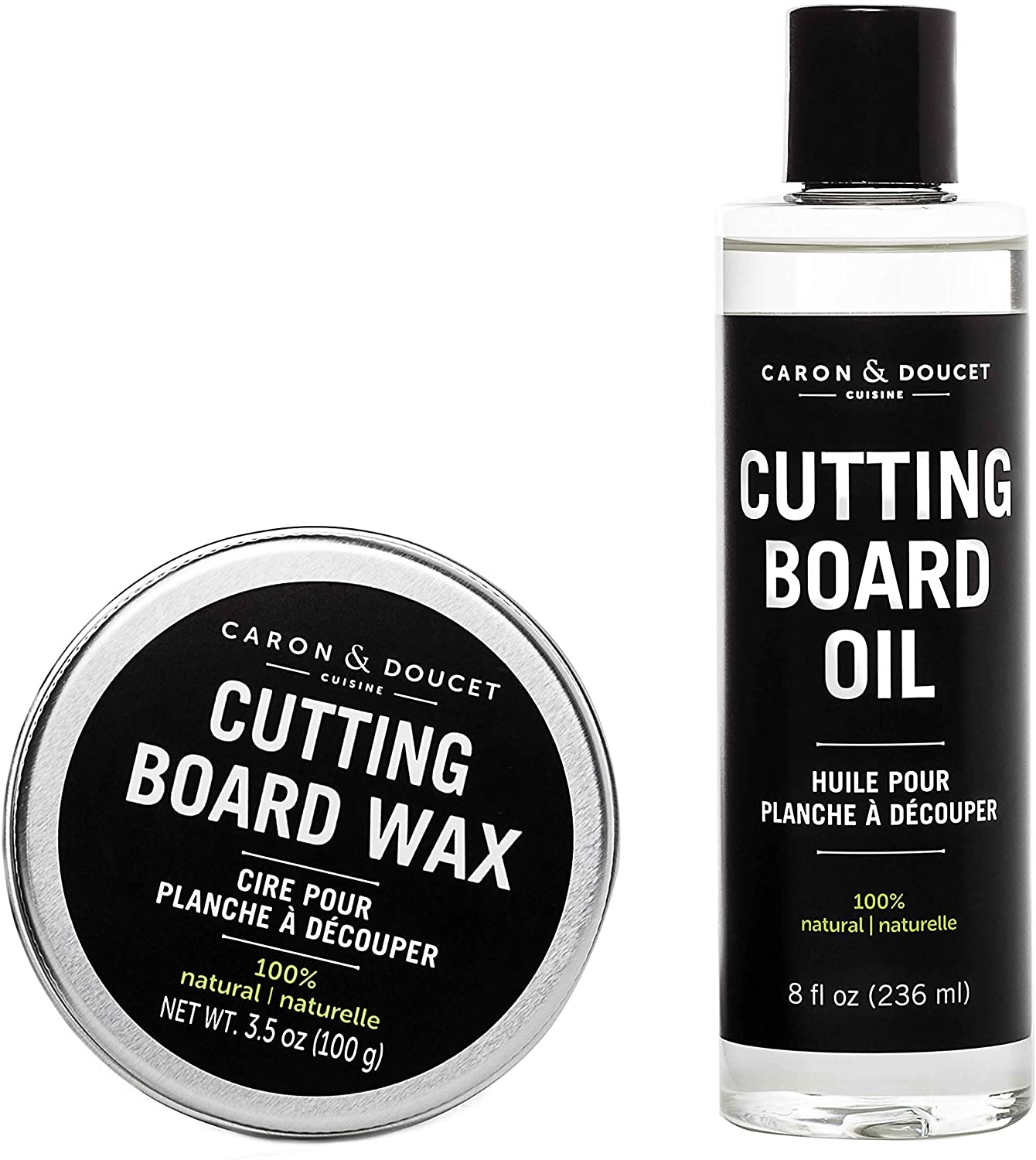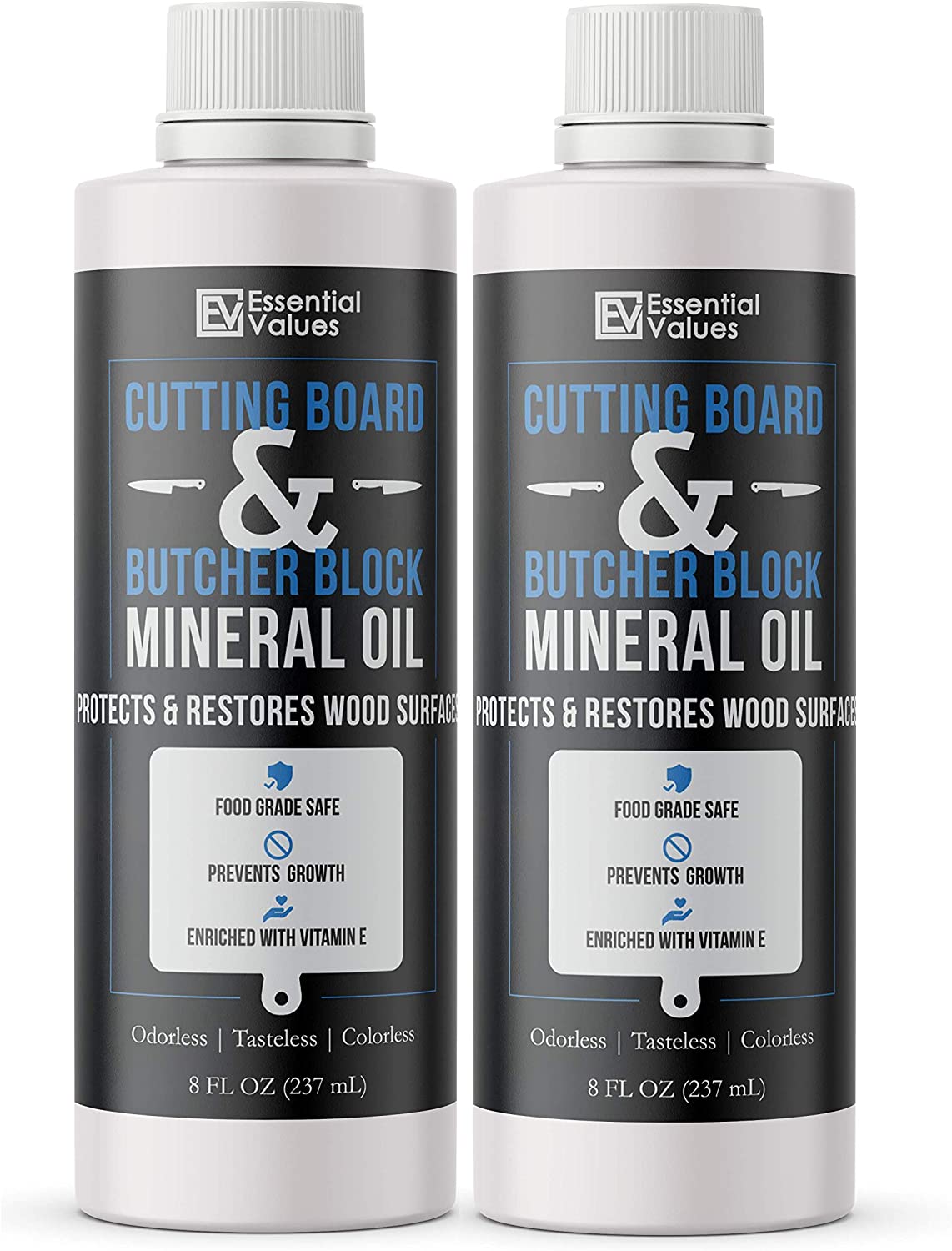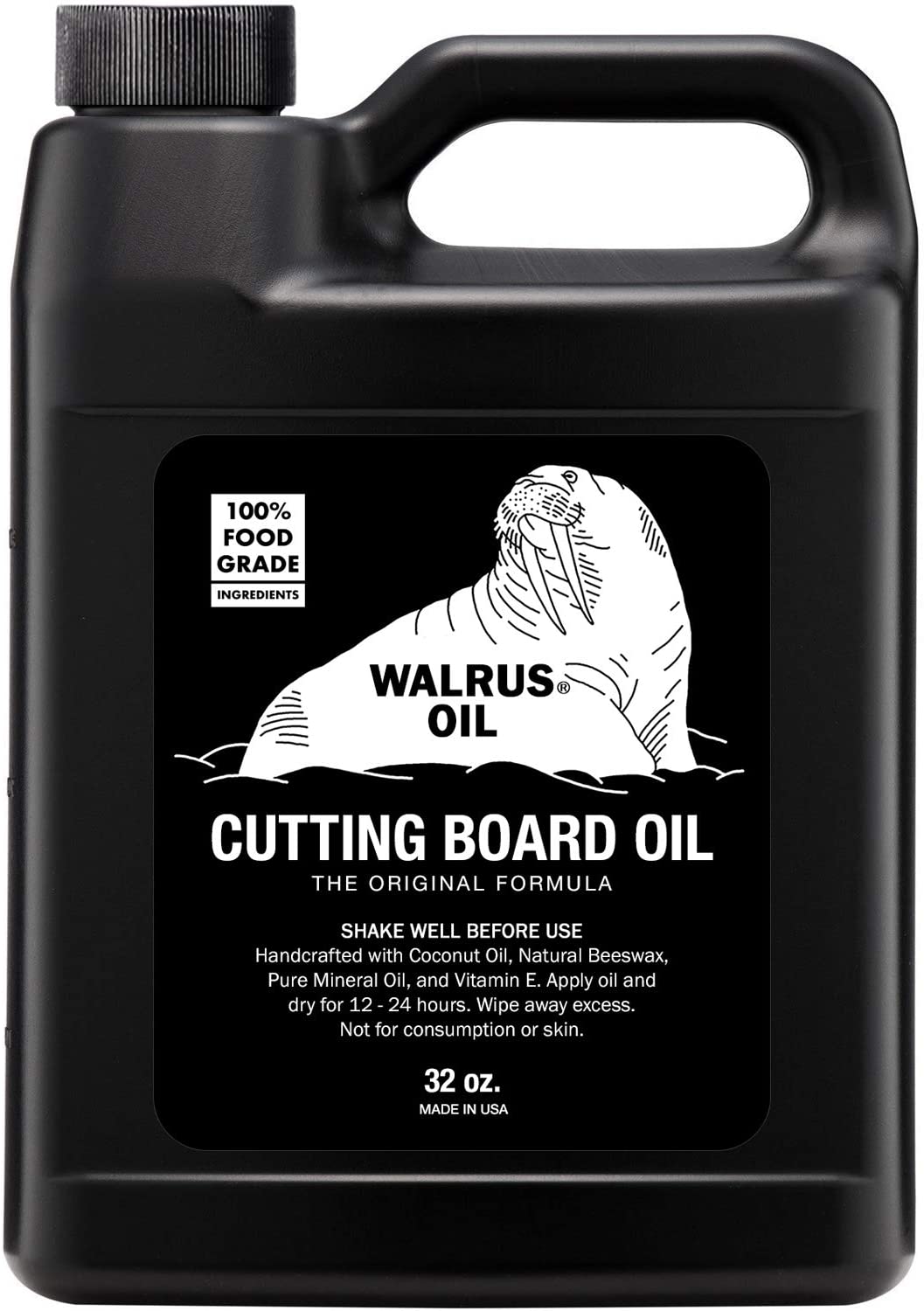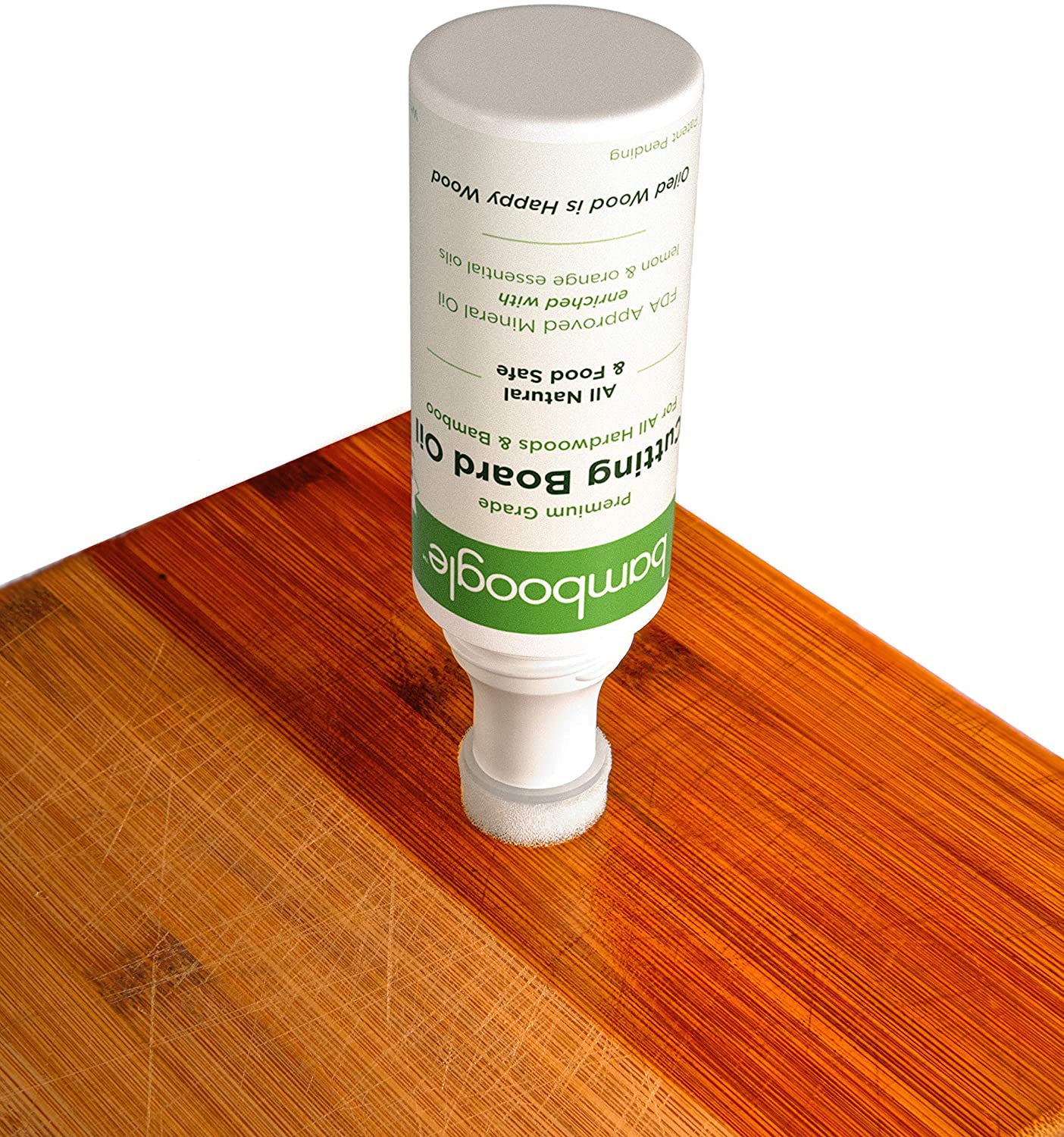UltraSource UltraPro Unscented Cutting Board Oil
Last updated: March 8, 2023
We looked at the top Cutting Board Oils and dug through the reviews from some of the most popular review sites. Through this analysis, we've determined the best Cutting Board Oil you should buy.
Product Details
In our analysis of 32 expert reviews, the UltraSource UltraPro Unscented Cutting Board Oil placed 7th when we looked at the top 12 products in the category. For the full ranking, see below.Expert Reviews
What reviewers liked
Other products we considered.
Its multi-purpose usage and colorless, odorless and tasteless properties make it suitable for cutting boards, trolleys, tracks, doorways or any surface that needs prevention of rust.
Offers a white mineral oil that is non-toxic and non-drying. Their knife oil is colorless, odorless and flavorless, making it perfect for use in kitchens. Its rich consistency makes it an excellent lubricant that can resist moisture.
What reviewers didn't like
The very loose cap which causes leakages – must have a seal. Lower than standard viscosity.
Cheaper alternatives available.
View our Cutting Board Oil buying guide for in-depth advice and recommendations.
